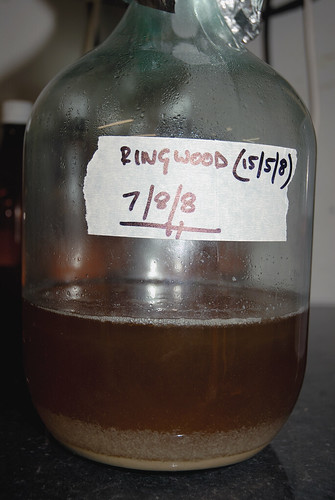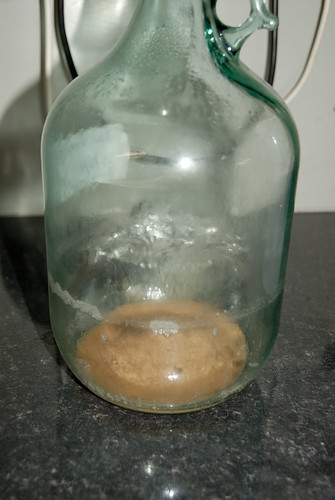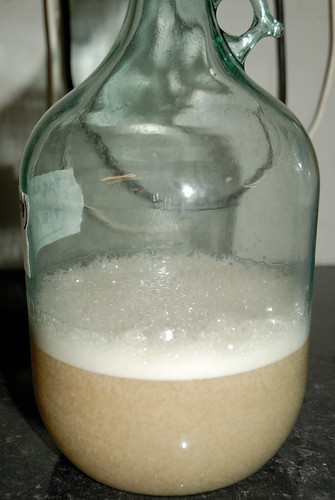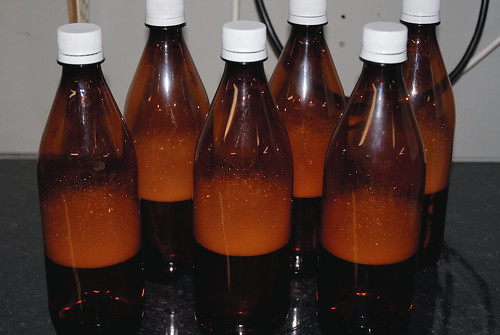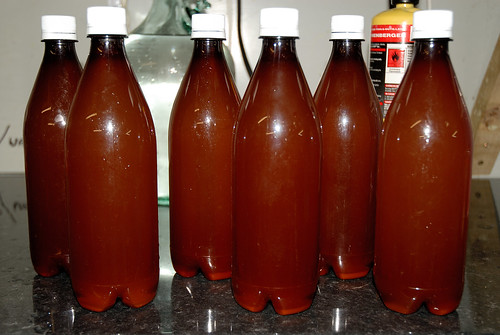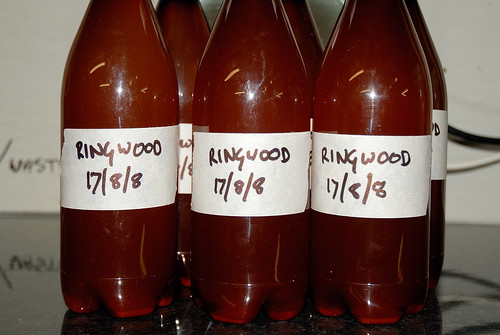Just to add my thoughts.
Thats a really good how to, as you say the important bit is to keep things as sterile as possible, which is why I use Pasta Sauce Jars to store yeast starter wort (They get pressure cooked totally sterile) . . . I would use glass wherever possible its just more robust than PET. . . . Long term storage is better accomplished under sterile water (Yes really sterile, bottle of water in the pressure cooker for 15 minutes), and yes the fuller the better as it dilutes the remaining yeast 'food' from the slurry . . . the more water the less food the better the yeast enter 'suspended animation'
Well done MTF
Thats a really good how to, as you say the important bit is to keep things as sterile as possible, which is why I use Pasta Sauce Jars to store yeast starter wort (They get pressure cooked totally sterile) . . . I would use glass wherever possible its just more robust than PET. . . . Long term storage is better accomplished under sterile water (Yes really sterile, bottle of water in the pressure cooker for 15 minutes), and yes the fuller the better as it dilutes the remaining yeast 'food' from the slurry . . . the more water the less food the better the yeast enter 'suspended animation'
Well done MTF




